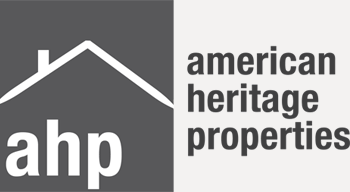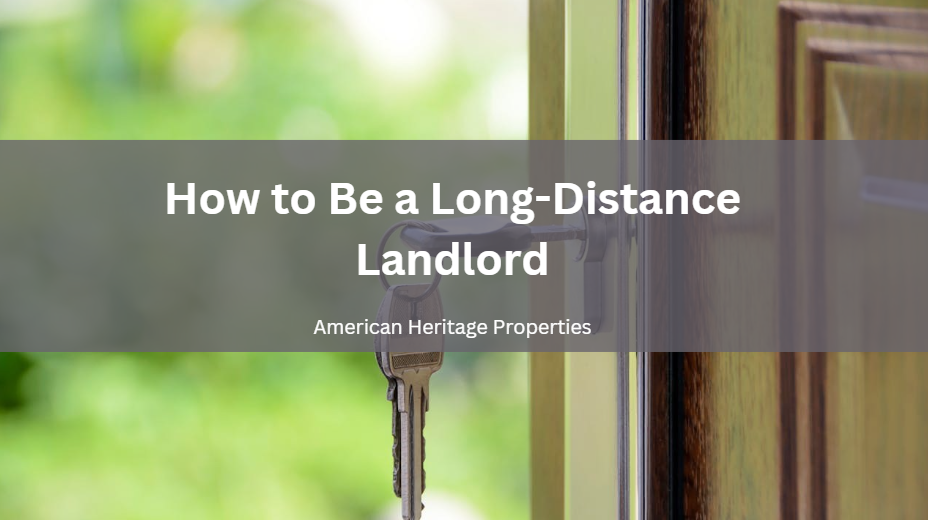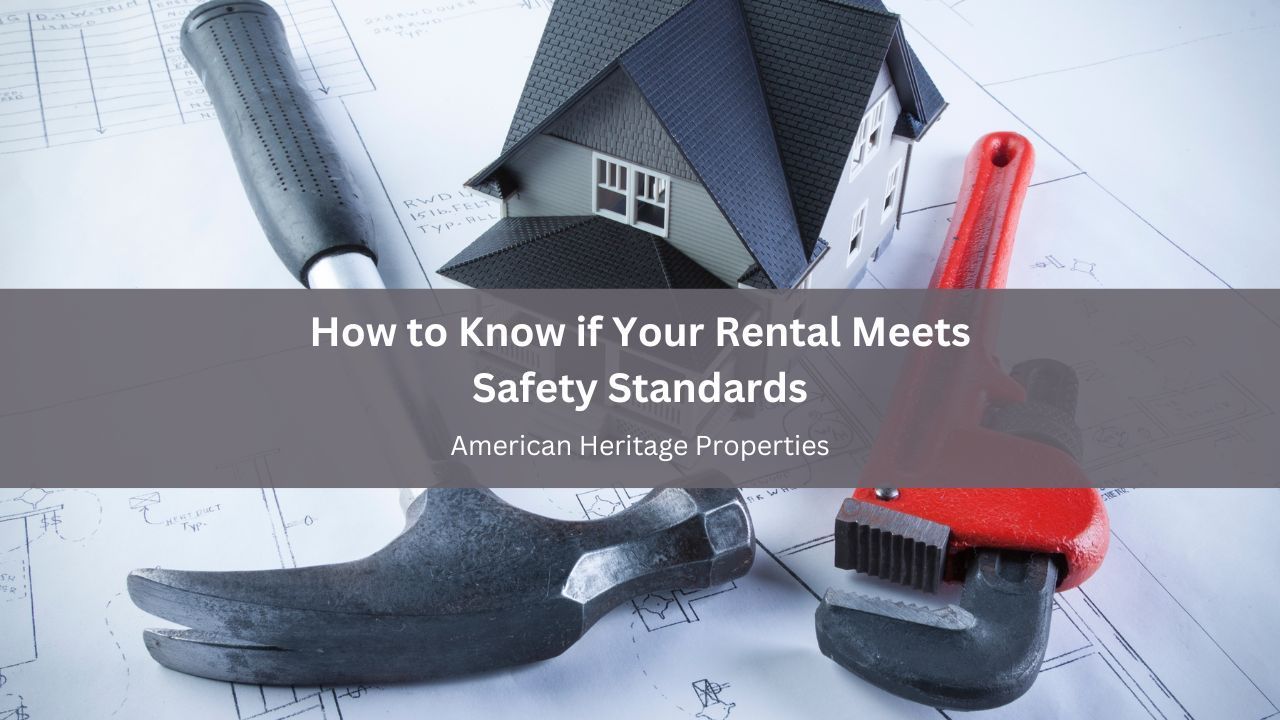How to Establish the Rental Value of my San Diego Rental Home
Our topic today is how to establish the rental value for your rental home. It’s not as easy as you might think. A lot of people take a look at their expenses and they want a rent that will cover those expenses. But your expenses don’t have anything to do with the market value of your rental property. This would be like establishing the value of your house by what you can afford. It doesn’t work that way.
Market Evaluations
At American Heritage Properties, we evaluate the market on a weekly basis. We know what’s happening as far as supply and demand and we know what properties are renting for. Then, we have a variety of resources that we search to find comparable properties. We look at what they are renting for and what the vacancies have been.
Tenants and Timing
It’s important that you price your property at an amount that will allow you to find a quality tenant in a reasonable amount of time. If you list a home above market value, you’ll have one of three things happen. First, you might get lucky and find someone from out of the area who doesn’t know the market value and they’ll rent it. But chances are they will move when they realize they’re overpaying. The second thing you might get is a lesser quality tenant. You’ll get the equivalent of the person who pays a higher interest rate on a car loan because their credit is not so good. That’s not worth it as a landlord. You don’t want to compromise tenant quality. The third possibility is that you’ll have an extended vacancy time. If you wait long enough you might find someone who wants exactly what you have and is willing to pay a premium for it. But if it takes you three months to find that person, you’ve lost a lot of rental income.
Market Research
You can do some research yourself. Check out Craigslist, Zillow, Trulia and Hotpads to find different information. Just remember that you can’t always count on what someone else is renting their property for. Just because they list a home at $2,000, doesn’t mean they’ll get that amount, especially if it’s only worth $1,500. You have to establish competitive market value when you’re doing your research.
If you have any questions about what your property might rent for, contact us at American Heritage Properties and we’ll give you an estimate of what you might expect.










